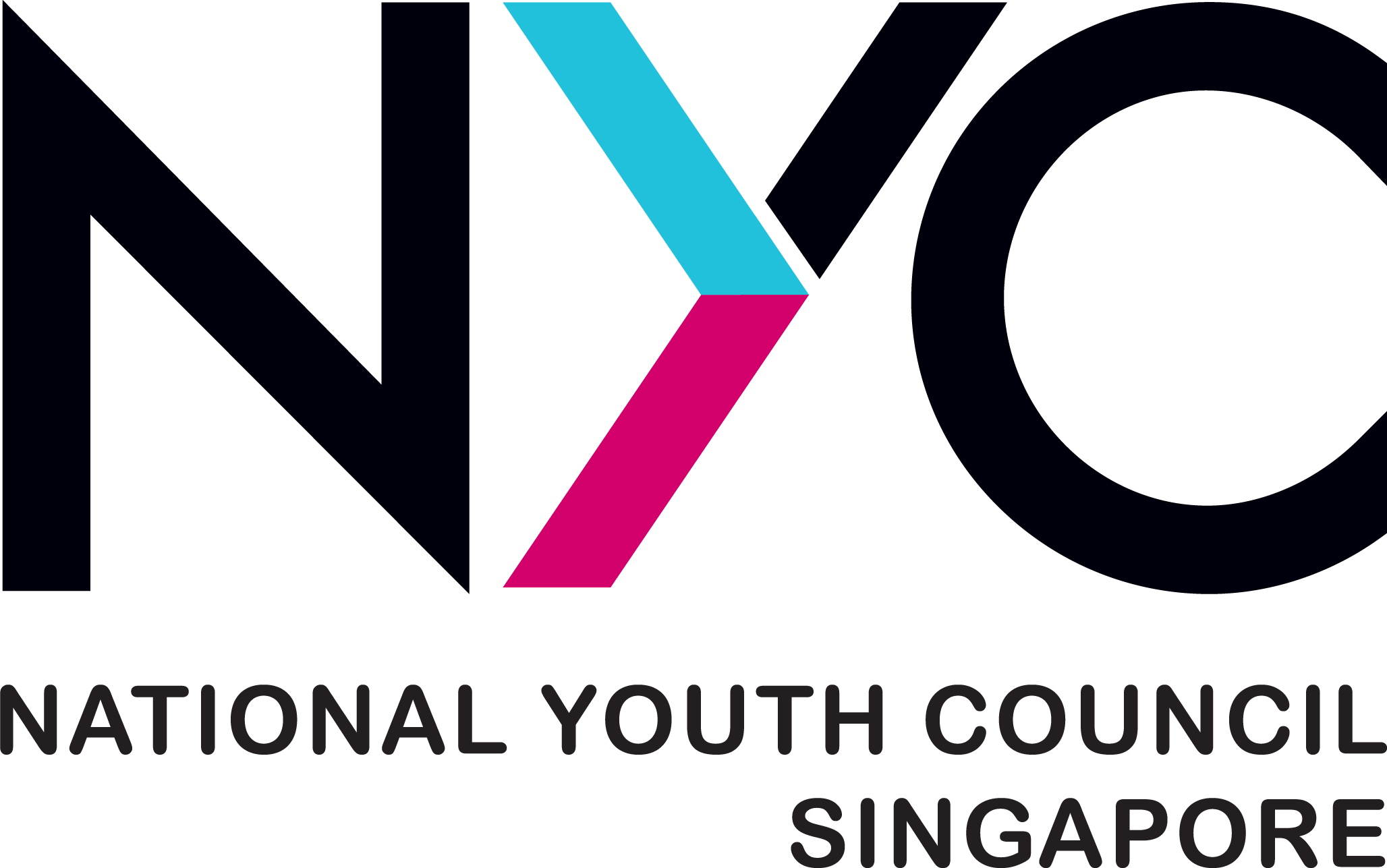'Race to Net Zero’ - A stepping stone to a greener future?
28 May 2024
Reeling from the effects of climate change due to the relentless heat? Explore ways in which you can make a difference and understand how it is essential for Singapore to work with neighbouring countries to tackle climate change.
Written by: Jolin Low
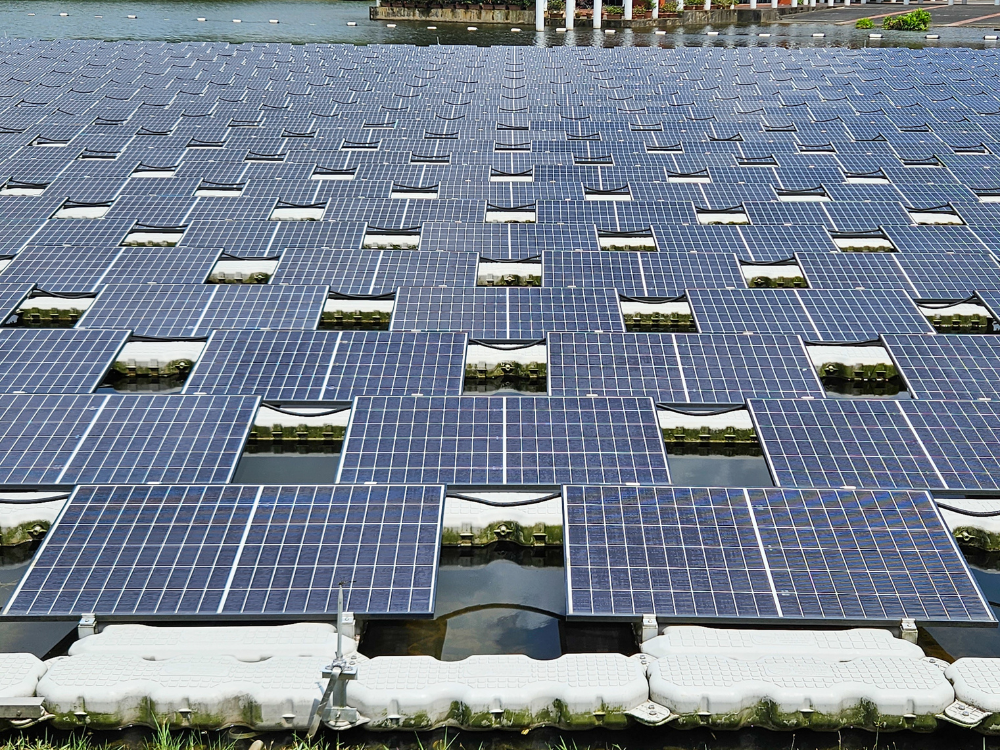
Singapore and the rest of Southeast Asia are no strangers to the searing heat in recent months. This comes as the region experienced a climate phenomenon known as El Niño. Bracing against record-high temperatures was no easy feat, as incessant perspiration and heat stress affected many.
As talks and dialogues emerge to discuss mitigation measures, the term ‘net zero’ has gained traction. This refers to counterbalancing the amount of greenhouse gases produced with the same amount that’s removed from the atmosphere.
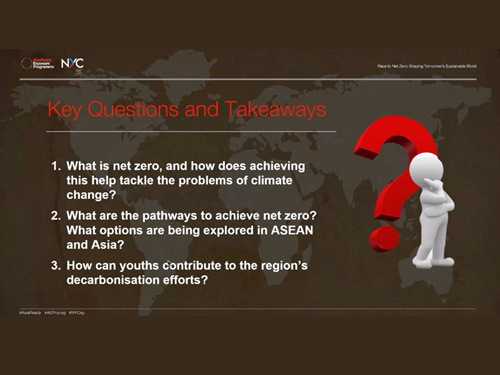
Photo Credit: National Youth Council
The ‘Race to Net Zero’ webinar, held on May 18, opened the floor to discussions on how attaining net zero could combat climate change. Moreover, it addressed the pathways to reach this goal and highlighted youths’ role in the region’s decarbonisation efforts.
The webinar tackled some of these “hot” topics and addressed participants’ burning questions. This initiative is part of the National Youth Council’s (NYC) Asia-Ready Exposure Programme (AEP), in collaboration with the Singapore Institute of International Affairs (SIIA).

Photo Credit: Youthopia/ Jolin Low
Distinguished guest speakers were invited to share their expertise on these topics.
Mr Low Ying Hui is a Senior Associate at EDP Renewables (EDPR), a global renewable energy firm with 16.6 gigawatts of installed productions. The company develops renewable energy projects and supplies clean energy to businesses and consumers. Additionally, Mr Low is the President of PM.Haze, a local non-profit that addresses transboundary haze issues in ASEAN. In this role, he drives outreach and leads peatland restoration efforts.
Ms Hum Wei Mei is currently the Global Head of Environmental Products at AirCarbon Exchange (ACX) and the Head of Asia Pacific. ACX operates as a carbon exchange in Singapore and Abu Dhabi. Before joining ACX, Ms Hum spent over six years at the Prime Minister’s Office in the National Climate Change Secretariat Strategy Group.
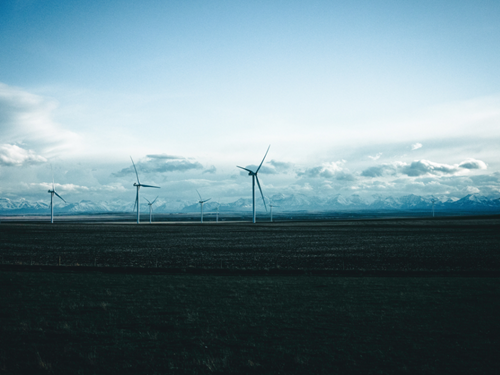
Photo Credit: Unsplash/ Ali Kazal
Mr Low is currently focused on developing two gigawatts of solar, battery and wind assets across Australia, Indonesia and Taiwan. In the webinar, he outlined several EDPR projects aimed at generating clean energy to fulfil everyday needs, such as electrical usage.
These projects include the production of wind energy, a stable and reliable renewable source in windy regions. This is due to the consistent winds in typhoon-prone regions like Thailand and Vietnam. However, Singapore lacks local wind projects as its wind speeds are too low for energy generation.
As such, solar energy is widely adopted in Singapore. With advancements in technology and panel efficiency, it has become a source of affordable and accessible renewable energy. Unfortunately, a downside is its intermittent nature, ceasing energy production when the sun stops shining.
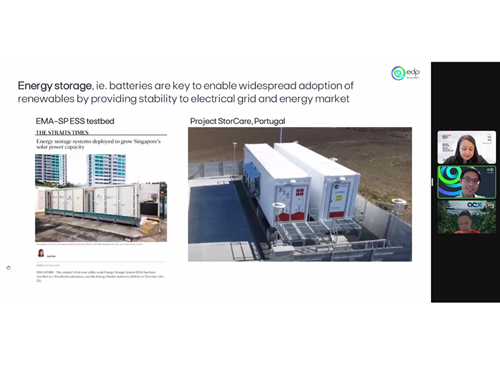
Photo Credit: Youthopia/ Jolin Low
To address this, he discussed the company’s use of batteries. Batteries help maintain a consistent energy flow to the grid when renewable sources like solar and wind cannot provide sufficient power.

Photo Credit: Youthopia/ Jolin Low
Ms Hum also explained the three types of carbon market models that offer viable solutions to tackle climate change. The first model is the Compliance Carbon Market, where companies must adhere to government regulations, such as emissions caps on greenhouse gases.
The second type is the Voluntary Carbon Market, where carbon credits are traded voluntarily. These credits allow businesses to offset their greenhouse gas emissions.
However, the market’s structure is still overseen by relevant authorities. Independent standards like Verra and Gold Standard govern the issuance of carbon credits to legitimate companies.
Lastly, the Article 6 Carbon Market is established under the Paris Agreement, a global treaty on climate change. This market allows countries to voluntarily collaborate and achieve emission reductions.
Guest speakers also engaged in meaningful discussions and addressed questions submitted by participants.
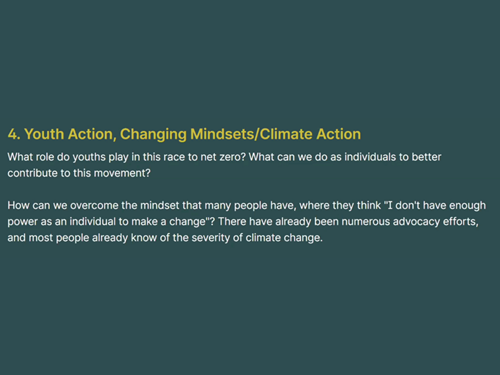
Photo Credit: Youthopia/ Jolin Low
What role do youths play in this race to net zero?
It may seem like a stretch for youths to tackle such a macro phenomenon, but change begins with each individual. Ms Hum believes that it is essential for individuals to patronise companies with net zero targets. “If you’re making conscious choices to choose those products and services, the message will get across. And getting this message across can only be done by individuals.”
Mr Low adds that youths who wish to lead the change towards achieving net zero should work hard and position themselves in a role where they can make a difference. “Put yourself in a position where you can either become a decision maker on these matters or be the one to effect these changes.”
As the President of PM.Haze, he also encourages more youths to not fear failure when driving these changes. “In my role at PM.Haze, I’m the one effecting this change. If you have an idea, don’t be afraid to go out there (and pursue it).”
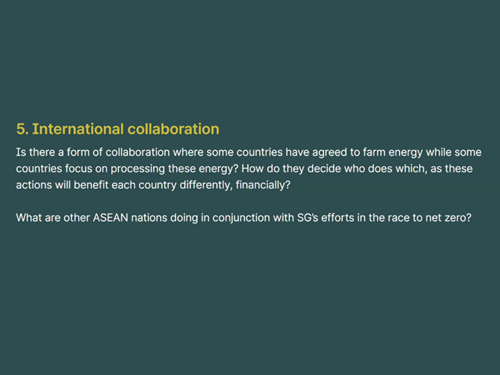
Photo Credit: Youthopia/ Jolin Low
International Collaboration
Mr Low mentioned how the Energy Market Authority (EMA) granted conditional approval to a consortium of companies, including EDPR, to import renewable or low-carbon energy from neighbouring states.
The interdependent relationship between ASEAN states and Singapore is essential. As a city with limited land, Singapore has to collaborate with countries such as Vietnam, Indonesia and Malaysia. They have vast lands and long sun hours to produce clean energy.
Mr Low points out, “We (Singapore) benefit because we get clean, renewable energy. For those countries we are getting the energy from, there are discussions on how we can develop the renewable industry, so that it creates green jobs for the locals.”
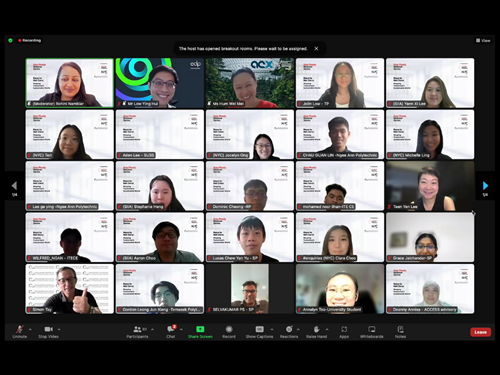
Photo Credit: Youthopia/ Jolin Low
Indeed, regional collaboration is vital to ensure that different stakeholders can mutually benefit from one another.
To delve deeper into regional affairs within ASEAN member states, China and India (ACI), check out the Asia-Ready Exposure programme. This youth development programme by NYC provides exposure opportunities across the ACI region. Such opportunities include content-based projects, internships, webinars and immersion trips.
For more details on the AEP programme, visit https://www.nyc.gov.sg/programmes-grants/asia-ready-exposure-programme and https://linktr.ee/AEPnycsg.
Stay updated on the latest AEP webinars through NYC’s social media channels.
Instagram: https://www.instagram.com/nycsg/?img_index=1
Facebook: https://www.facebook.com/nycsg/
